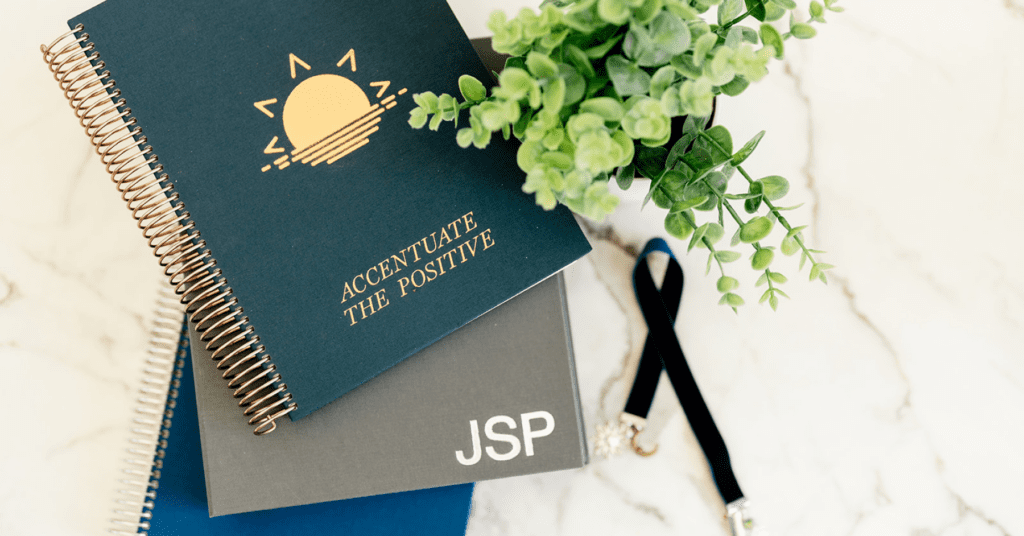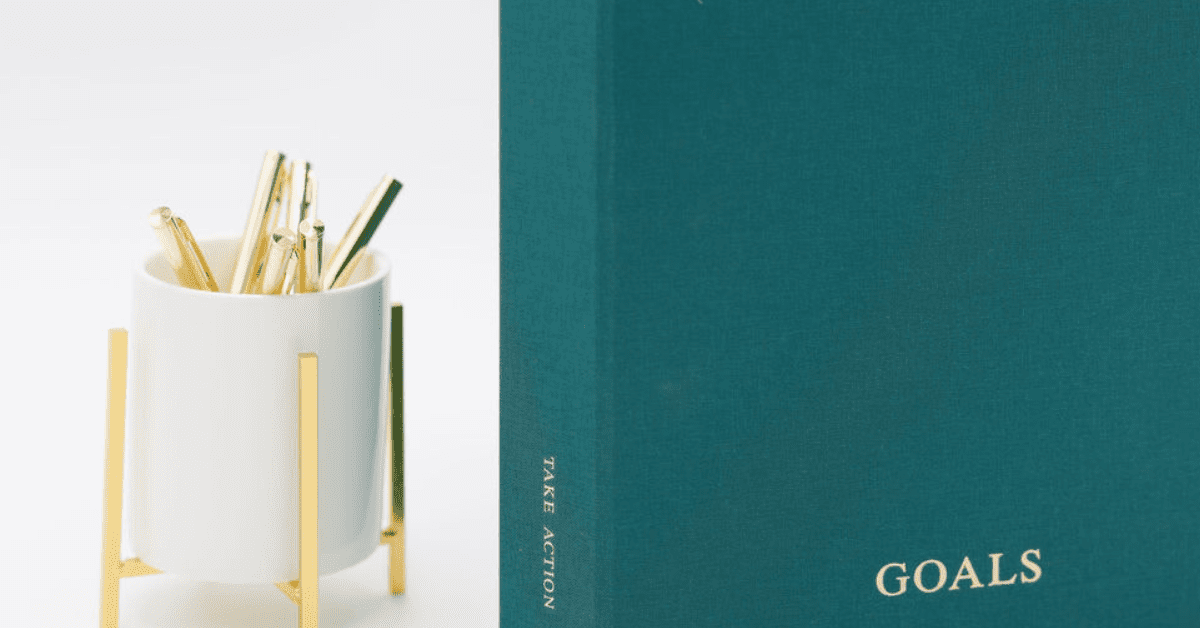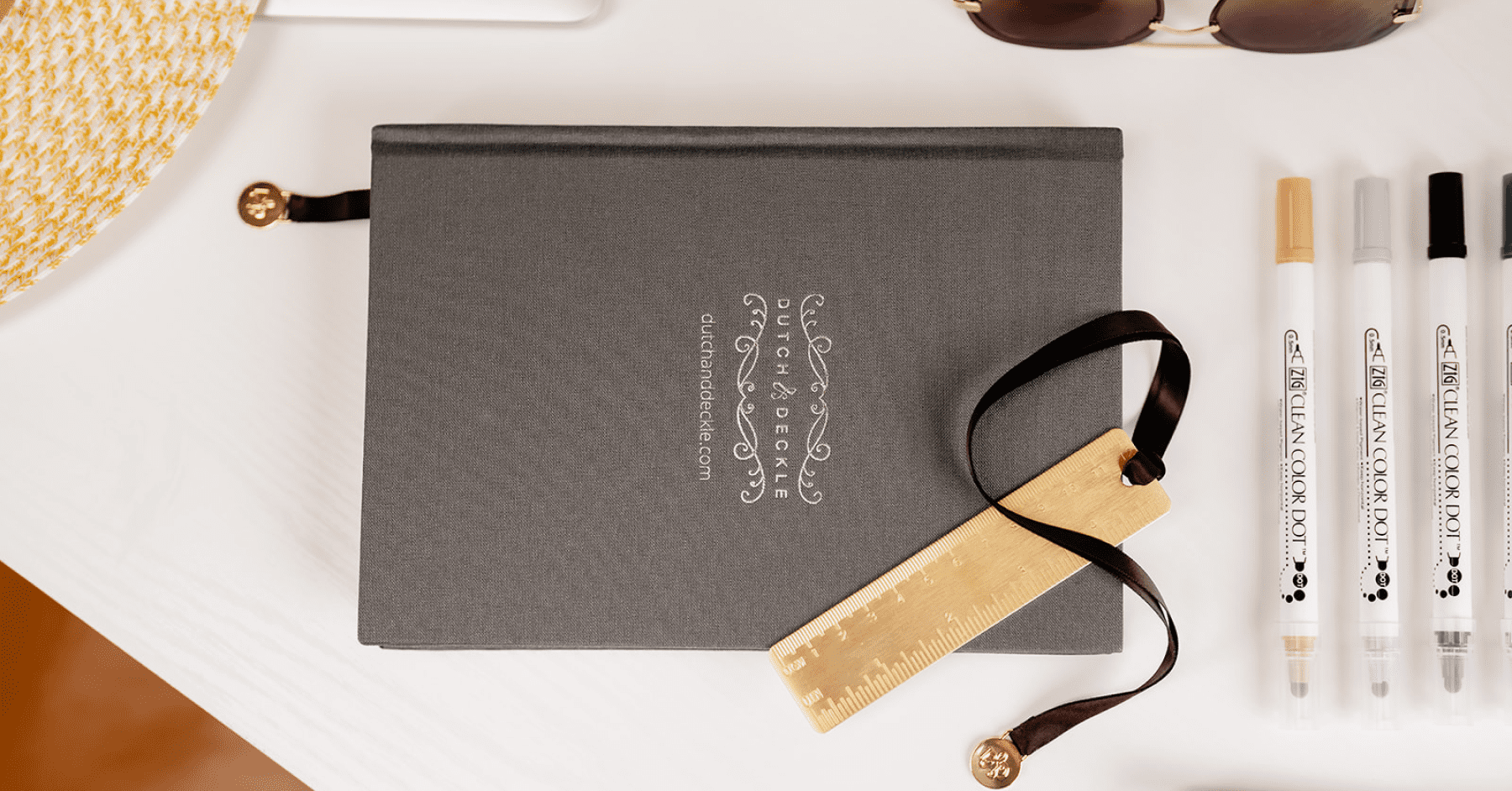The types of planners and the choice of the right productivity planner for your team largely depend on your needs and preferences. Some people prefer to plan down to the last detail, breaking tasks into small steps, while others focus on a broader, more general overview.
The first thing to consider when selecting a planner is the purpose for which you need it. Is it just for managing work tasks, or do you also want to control personal and academic productivity? Determine whether you need help with your team’s daily planning, long-term goals, or both.
It’s also advisable to avoid extremely rigid productivity planners with predefined templates unless you’re working with people who are completely disorganized or new to time management. Flexibility in planner design is key to adapting to different work styles and individual needs.
The choice between a digital or analog productivity planner will depend on your organization’s specific needs. Some organizations may require specific features like calendars or to-do lists, and both types of planners can offer benefits in terms of motivation and gamification, which can be helpful for those prone to procrastination.
Planners vary in specialization; some are designed to fulfill very specific functions, while others are more versatile and cover multiple aspects of time management and productivity. If collaboration and communication with other members of your organization are crucial, you may need a productivity planner designed specifically for that purpose.
Here are the 6 types of planners, created to adapt to each of your daily life needs:
1. Bullet Journal Method, also known as “Bujo,” is a personal organization system based on using pen and paper instead of digital technology. It was created by Ryder Carroll and stands out for its ability to foster creativity and customization according to individual preferences. Learning this method is simple and uncomplicated. You can think of it as a flexible guide to organizing your life.
If you’re someone who loves making lists, traditional agendas may not completely satisfy you, as they are usually tied to specific dates and don’t allow you to take advantage of days when you have no events or pending tasks.
At some point, we all need to organize our lives, and it’s natural for us to make lists to remember what we’ve done, what’s pending, and what inspires us. The Bullet Journal system leverages this human tendency to make lists and uses it to help us remember the past, organize the present, and plan for the future, all through list-making. The key to making this method work is to carry your Bujo notebook with you at all times or, at the very least, have it readily accessible to jot down your thoughts and tasks.
This Bullet Journal-style planner is ideal for keeping an organized record of your habits and tasks. It contains 50 pages with dates, and each page has space for 31 days.
2. Health or Fitness Planner. This product is designed for anyone looking to improve their physical condition and keep an organized track of their health and fitness goals and habits. It provides a tool for setting goals, raising awareness about your actions, and maintaining consistency in healthy habits practice. It’s useful for people who want to keep an effective record of their progress and achievements in the realm of physical fitness.
Set your goals:
- Physical Assessment: Conduct an analysis of your current physical condition as a reference point.
- My Fitness and Health: Set specific goals related to fitness and health.
- Vision Board: Create a visual representation of your goals to stay focused and motivated.
- Annual Planner: Organize your goals and activities throughout the year.
- Monthly Tracker: Keep a monthly record of your progress and health-related habits.
- Weekly and Daily Planner: Plan and organize your daily and weekly activities and habits.
Change your habits:
- Eliminate Bad Habits: Identify and work on eliminating unhealthy habits.
- List of Positive Aspects: List positive actions that contribute to your health and well-being.
- Habit Tracker: Keep a daily record of your habits to maintain consistency.
- Weekly and Daily Food Planner: Plan your meals and record your daily food intake.
- Healthy Alternatives: Seek healthier and balanced food options.
- Track your progress: Quarterly Progress Tracker: Evaluate and record your progress every quarter to see how you’re progressing toward your health and fitness goals.

3. Weekly Planner. A weekly planner is a tool that helps you organize and manage the tasks you need to complete in the upcoming week. Its main purpose is to improve your ability to manage time effectively by breaking down the activities and responsibilities you need to address during that period. With this type of planner, you can schedule and prioritize your tasks, allowing you to proactively tackle the most important ones and ensure they are completed as planned.
Best Practices for Creating a Weekly Work Plan:
- Review Your Work Plan Weekly: When creating your weekly plan, it’s important to reflect on the previous week and the tasks you completed or left unfinished. This allows you to learn from your experience and adjust your future plans. If you notice that many tasks are left undone, it could be a sign of excessive workload.
- Balance Workload: Recognize that some tasks require more mental energy than others. To avoid burnout, distribute mentally demanding tasks throughout the week instead of piling them up on a single day. This helps you maintain consistent performance and avoid procrastination.
- Plan Breaks: It’s crucial to schedule regular breaks during your workday. Use productivity techniques like the Pomodoro technique or time blocking to allocate specific times for work and rest. These break moments are essential for maintaining focus and mental well-being.
- The use of a weekly work plan offers several benefits both on an individual level and for the entire work team. These benefits include:
- Keeps You Organized: A weekly work plan provides a clear overview of your activities and responsibilities for the week. This makes it easier to manage larger projects, as you can break them down into smaller, concrete tasks.
- Prioritizes Dependent Tasks: When planning your week, it’s important to prioritize tasks that depend on the work of others. This helps avoid workflow blockages and ensures that the project progresses smoothly.
4. Financial Planner. A financial planner is a fundamental tool for individuals to effectively manage their personal finances. This tool is essential because it represents the first step toward successful long-term financial planning.

Understanding our current financial state is essential for making informed decisions about how we manage our money and plan our financial future. It provides us with a clear view of our assets, liabilities, and net worth, helping us understand our current financial situation.
Once we understand our financial state, we can begin to organize ourselves more effectively. This involves setting financial goals, creating a budget, reducing debt, and taking steps to increase our assets. By using a financial planner, we can track our progress over time and adjust as needed to reach our financial goals.
Elements of a Financial Planner
A personal financial planner consists of several essential elements that help us manage our finances effectively. These elements include:
- Personal Balance Sheet: This is like a snapshot of our financial situation at a given moment. Ideally, it should be updated monthly to keep it up-to-date and prevent financial problems. The Personal Balance Sheet shows the total of our Assets (what we own) and Liabilities (what we owe), even considering assets like a house, despite the expenses it may generate.
- Expense Budget: As the name suggests, this component presents our monthly expenses. Unlike “Income and Expenses,” here we record the money we expect to receive. For example, if we do a job in October but will be paid in December, in “Income and Expenses,” we note that we generated $100 in October, but in the Expense Budget, we record that $100 in December.
- Income and Expenses: Here, month by month, we track our income (money coming in) and expenses (money going out). It’s a way to assess our financial standing. By recording it and keeping it organized in our planner, we will understand our capital and the best way to make the most of it.

5. Work Planner. A work planner is a tool that helps us monitor and manage the execution of our tasks. However, it’s important to note that there are different ways to represent these tasks, depending on the situation and available resources. In other words, there are various approaches or methods to organize and display the tasks we need to complete within a specific time frame and with limited resources.
A work planner is a tool that provides several benefits related to time management, habit tracking, and event organization:
- Time Management: It allows you to have a clear and organized view of how much time you have available each day. This facilitates task planning and prevents work overload by scheduling your activities efficiently. In other words, it helps you manage your time effectively by knowing your commitments and responsibilities in advance.
- Habit Tracking: You can use the planner to keep a record of your daily and weekly habits, such as exercise, healthy eating, or meditation. This helps you set goals and ensure you have dedicated time for these activities in your schedule. Moreover, by maintaining a visual record of your habits, you can assess your progress over time and adjust your planning as needed.
- Event Organization: Whether you’re planning a personal event, like a birthday party, or a professional event, like a business meeting, a planner helps you organize all the details. You can keep track of important dates, pending tasks, and necessary resources to ensure the event’s success. This prevents oversights and ensures that all aspects are under control.
6. Personal Planners. Personal planners are tools designed to help us make plans in our lives, whether on a personal or professional level.
The key here is that these plans are based on our needs, desires, and dreams. In other words, on what we truly want to achieve and experience in our lives. Jotting down things or simply keeping track of tasks can be helpful in staying organized day-to-day, but when we delve into goal and objective planning, the outcome is significantly different.
Planning goals and objectives involves a deeper and more strategic process. It requires reflection on what we truly want to achieve, setting clear and measurable goals, designing an action plan, and committing to follow it. This approach helps us visualize a path to our desires and dreams, providing greater clarity and direction in life.



